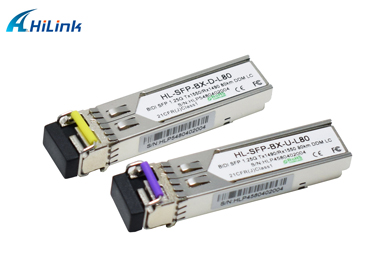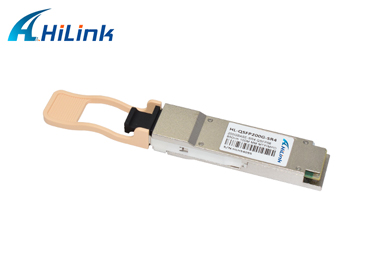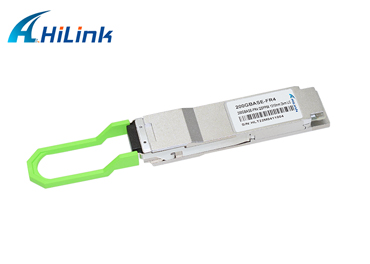What Are the Failure Modes of the Transceiver?
Apr. 28, 2023
A transceiver is a device that combines a transmitter and a receiver into a single unit for two-way communication. Transceivers are used in a variety of applications such as telecommunications, networking, and radio communication. Despite their importance, transceivers can experience a variety of failure modes that can affect their performance or render them completely inoperable. In this article, we will discuss some of the most common failure modes of transceivers.
Power Supply Failure
A transceiver requires a stable and reliable power source to operate effectively. Any fluctuations or disruptions in the power supply can cause the transceiver to malfunction or fail. This can be caused by power surges, electrical interference, or improper grounding. In some cases, the power supply failure can be caused by a faulty power supply unit or a damaged power cord.
Transmission Failure
One of the most common failure modes of a transceiver is transmission failure. This occurs when the transceiver is unable to transmit data or signals to the receiving device. This can be caused by a variety of factors, such as signal interference, cable damage, or faulty connectors. In some cases, the transceiver may be operating correctly, but the failure could be due to the receiving device or network configuration.
Reception Failure
Reception failure is the opposite of transmission failure, where the transceiver is unable to receive data or signals from the transmitting device. This can be caused by a variety of factors, such as signal interference, cable damage, or faulty connectors. In some cases, the transceiver may be operating correctly, but the failure could be due to the transmitting device or network configuration.
Signal Interference
Signal interference occurs when external signals interfere with the signal being transmitted or received by the transceiver. This can be caused by a variety of factors, such as electromagnetic interference (EMI), radio frequency interference (RFI), or cross-talk from adjacent signals. Signal interference can lead to a decrease in signal quality, data corruption, or complete signal loss.
Environmental Factors
Transceivers can be affected by environmental factors such as temperature, humidity, and vibration. Extreme temperatures can cause damage to the electronic components of the transceiver, while humidity can cause corrosion and short circuits. Vibration can also cause physical damage to the transceiver's internal components, leading to performance issues or complete failure.
Hilink 200G QSFP56 SR4 Optical Transceiver
Connector Damage
The connectors on a transceiver are critical for ensuring a reliable connection between the transceiver and other devices. Any damage or corrosion to the connectors can lead to a loss of signal or a decrease in signal quality. Connector damage can be caused by physical damage, improper handling, or exposure to moisture or dust.
Software and Firmware Issues
Transceivers rely on software and firmware to operate correctly. Any issues with the software or firmware can cause the transceiver to malfunction or fail. This can be caused by bugs in the code, incorrect configuration settings, or outdated software or firmware versions.
Electrical Damage
Transceivers are vulnerable to electrical damage, which can be caused by power surges, lightning strikes, or improper handling. Electrical damage can cause permanent damage to the transceiver's internal components, leading to performance issues or complete failure.
Manufacturing Defects
Manufacturing defects can also contribute to the failure of transceivers. This can include issues such as poor quality control, defective components, or incorrect assembly. Manufacturing defects can lead to performance issues or complete failure of the transceiver.
Aging and Wear and Tear
Like any electronic device, transceivers are subject to aging and wear and tear. Over time, the internal components of the transceiver can degrade, leading to performance issues or complete failure. This can be exacerbated by factors such as temperature, humidity, and vibration.
Hilink is an optical transceiver supplier and distributor that provides a wide range of services to customers. In addition to offering high-quality optical transceivers, Hilink provides information on cost and price lists, and generates quotes to ensure they receive the best price possible.
Furthermore, Hilink prioritizes timely delivery to ensure customer satisfaction. For those interested in purchasing in bulk, Hilink offers wholesale options and a catalog of products to choose from. Please don’t hesitate to contact us at info@hilinktech.com, we will try our best to support you.














